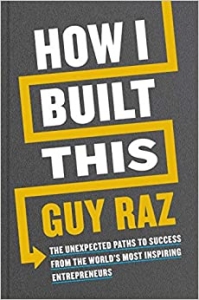Blogging Kernels of Wisdom

Ease, flavor, and healthiness are the three ways Kelsey Ogletree rates different methods of preparing popcorn (Kernels of Wisdom in a recent issue of AARP Magazine). As a blog content writer, I couldn’t help thinking how, using those same criteria, I might rate the different categories of business blog posts….
‘
Ease –
“Listicles” would probably rate highest on ease, both in terms of the writer’s time in preparing the posts and in terms of how easy numbered or bullet-pointed lists are for readers to scan. The lists can be of tactics to try, alternatives for solving a particular problem, or a “best of” collection.
Flavor –
Personal story blog posts and interviews would rate high on “flavor”. In a different way, opinion pieces would be rich in flavor, showcasing the unique slant of either the business owner of practitioner or that of an employee or customer. You can add “flavor” by revealing how you arrived at the name of your business, and even by revealing the biggest mistake you made in starting your business or practice and what you’ve learned from that mistake.
Humor can be a hook, grabbing attention with a wry “flavor”. Like spices, humor is best in small proportion, and most effective when focused around a problem your company can solve.
Healthiness –
Using content to add value is healthy – for both owner and visitor. How-to blog posts and articles describing unusual applications for a product all add “healthful” value. News-based blog posts can be “healthful”, in that they help readers put current community or industry happening into context. It can be “healthy” for owners to promote products or services by tying in their link to current concerns.. Conversely, it’s healthful for readers when owners use blogs to debunk false information or even to clear the air and erase doubt by responding to a complaint.
Ease, flavor, and healthiness may be used to rate different ways of preparing popcorn, but for content writers, they offer guidelines for creating content that is engaging.





Follow us online!